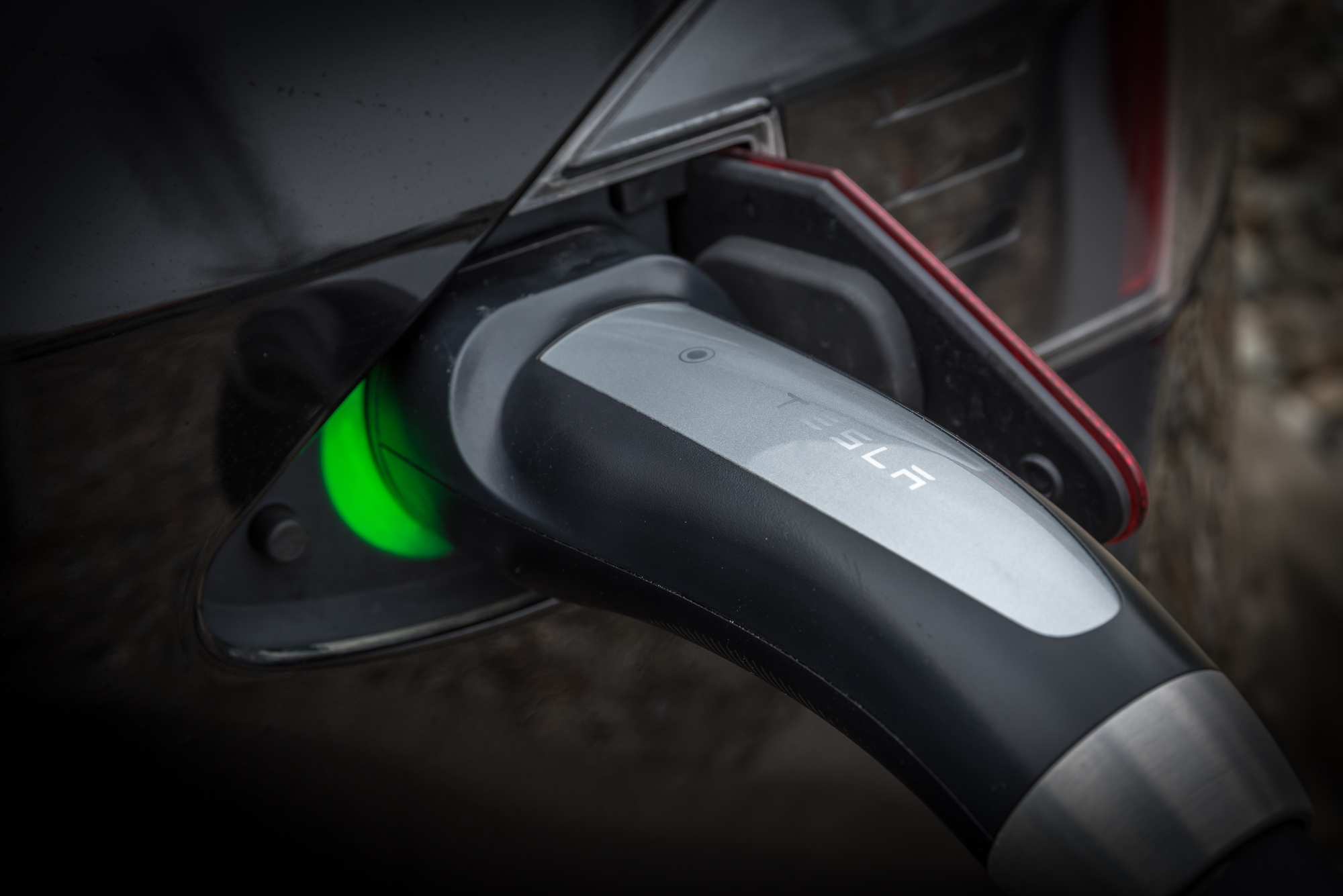There were 178,154 car accidents recorded in Tennessee in 2023, with 4,968 of them causing serious injuries. Crashes are a major cause of death for teenagers in the state, with 68 children aged 15-19 dying each year.
Car accidents often lead to expensive repairs, medical bills, and insurance hikes. While not every accident can be avoided, the Nashville car accident lawyers at Labrum Law Firm recommend adopting defensive driving techniques to reduce your risk of a crash and potential financial hardship. With some defensive driving techniques, technology aids, and planning ahead, you can steer clear of a fender bender that drains your bank account.
Drive Defensively
Defensive driving boils down to being alert, aware of your surroundings, and driving proactively to avoid potential hazards. Here are some key defensive driving tips:
- Leave plenty of distance between you and the car in front of you. The general rule is to leave a 3-4 second following distance to give you ample time to stop.
- Scan the road ahead for potential hazards. Look ahead 12-15 seconds so you can identify risks early.
- Signal well in advance before changing lanes or turning so other drivers are aware of your intentions.
- Be aware of blind spots and use your mirrors when changing lanes. Double check blind spots by glancing over your shoulder. There are around 800,000 blind spot accidents each year, which lead to 300 fatalities.
- Slow down and increase your following distance when driving in bad weather. Leave up to 6 seconds of following distance when roads are wet.
- Come to complete stops at stop signs and red lights before proceeding. Rolling through can lead to expensive right-of-way accidents. 1,149 people died in red light accidents in 2022.
Safety Technology Reduces Car Accident Risks
Today’s vehicles come equipped with advanced safety tech that can help you avoid collisions. Take advantage by using these features:
- Forward collision warning alerts you when you’re at risk of rear-ending the car in front of you. It’s especially helpful in stop-and-go traffic.
- Blind spot monitoring illuminates a visual alert when a vehicle is next to you, helping you avoid hazardous lane changes.
- Rear cross traffic alert warns you of approaching perpendicular traffic when backing up, such as in parking lots.
- Adaptive cruise control automatically adjusts your speed to maintain a constant distance between you and the car ahead. It can minimize rear-end risks.
Plan to Avoid a Car Accident
Your actions before getting behind the wheel can also reduce accident risks:
- Get adequate sleep before driving long distances. Drowsy driving leads to slowed reaction times. 684 people died in crashes caused by drowsy drivers in 2021.
- Avoid distracted driving by finishing food, texts, calls, and tasks before departure – being distracted caused 3,308 fatalities in 2022.
- Check weather and traffic conditions along your route so you can leave extra time and drive cautiously if needed.
- Ensure car maintenance is up to date. Get routine inspections and have repairs completed promptly.
Staying focused on the road, being aware of potential hazards, and driving cautiously can go a long way towards avoiding a crash that drains your finances. If the worst does happen, reach out to a lawyer for advice.
Making small adjustments to how you drive can save you from major financial headaches.









